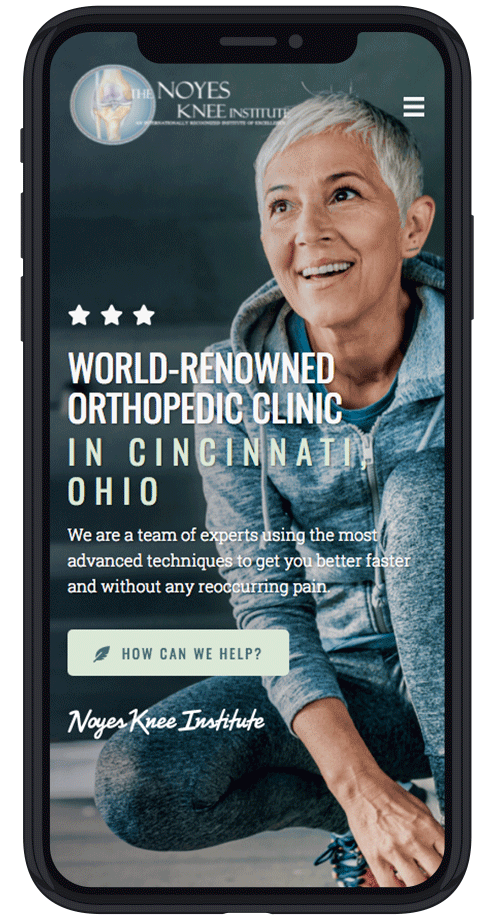Published On
Category
Arthritis is a disease characterized by pain, swelling, and joint stiffness. Notably, arthritis can affect various joints in your body — although the knees are the most common culprit. Although there is no cure for knee arthritis, it’s essential to see an orthopedic knee surgeon to help slow the progression of this condition.
There are two common types of knee arthritis: rheumatoid arthritis (RA) and osteoarthritis (OA).
OA is a progressive condition and usually occurs after midlife. This is due to the gradual wearing of the cartilage in the knee joint. You can also get post-traumatic arthritis — which develops after a knee injury. Rheumatoid arthritis is an inflammatory autoimmune disease that can appear at any age.
Keep reading to learn about some early signs of knee-related arthritis:
Gradual Increase in Pain
Arthritis pain typically starts slow — though it can appear suddenly in rare cases. During the early stages, you might experience pain in the morning or after long periods of inactivity. For instance, your knee might hurt when you suddenly stand up from a sitting position.
In the case of RA, you might experience pain in the smaller joints — usually on both sides of the body. These symptoms might worsen during cold weather or after excessive activity.
Cracking Sounds
Another early sign of arthritis is hearing a popping sound when you bend or straighten your knee. Your orthopedic knee surgeon may refer to the phenomenon as crepitus.
The grinding sensation or cracking sound can occur when there is cartilage damage. This means the irregular areas in your joints rub against each other.
Besides the cracking sounds, the bone and cartilage changes limit your range of motion. It may become hard for you to walk, stand up, or carry out other regular movements.
Deformed Appearance of the Knees
As arthritis progresses, the appearance of your knee can change, especially during a flare. In the case of RA, you will notice redness and swelling around that area during a flare. The inflammation may lead to permanent deformity of the knee over time.
Having OA means the surrounding muscles might weaken. That can lead to a sunken appearance. The knees might also point towards each other or bend outward.
Treatment Options for Arthritis in the Knee
Your treatment plan will be subject to the type of arthritis you have. Options include:
- Physical activity
- Weight management
- Topical creams
- Acupuncture
Visiting an Orthopedic Knee Surgeon
The pain and limited mobility can get so severe that your quality of life significantly deteriorates. Facing such issues means your physician might recommend surgery. That could be a partial surgery or a total knee replacement.
Partial surgery will remove damaged tissue, while a total knee replacement gives you an artificial knee joint. Talk to your doctor to know which option is best for you.
Dr. Noyes is a board-certified orthopedic surgeon specializing in knee surgery and sports medicine. He is regarded as one of the leading National and International ACL surgeons and has written many publications and textbooks on treatment. Contact us to find out more on Dr. Noyes and his specialties.

